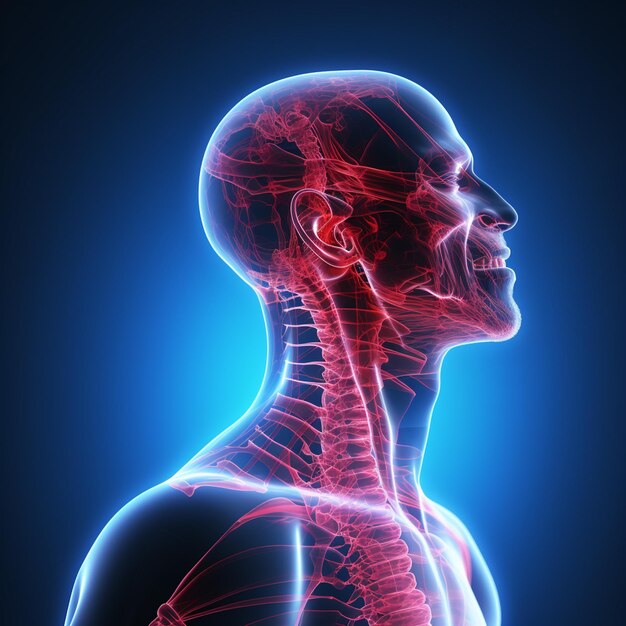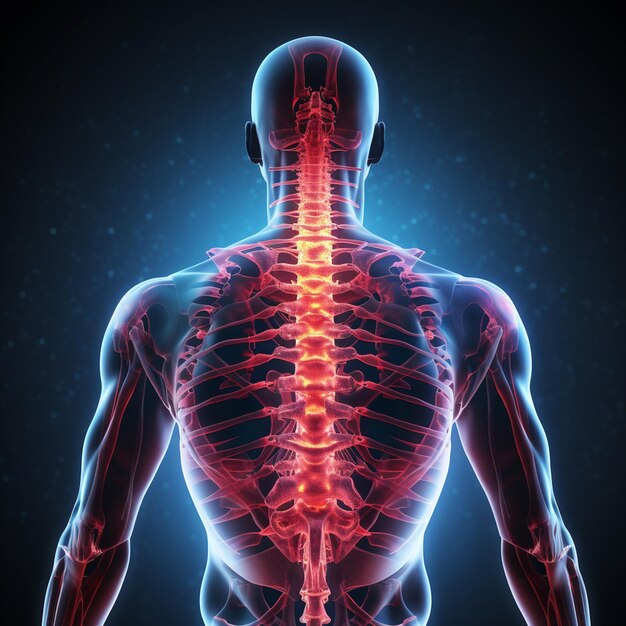Introduction:
Cervical problems, referring to issues related to the neck and upper spine, are increasingly common in today's sedentary lifestyle. The cervical spine, comprised of seven vertebrae, plays a crucial role in supporting the head and facilitating movement. From poor posture to prolonged hours of screen time, various factors contribute to cervical problems. In this blog, we will explore the causes, symptoms, and effective strategies for managing cervical issues to promote a healthier neck and spine.
Causes of Cervical Problems:
-
Poor Posture: One of the leading causes of cervical problems is poor posture. Hours spent hunched over electronic devices or sitting at a desk can strain the neck muscles and misalign the spine.
-
Repetitive Strain: Activities that involve repetitive neck movements, such as looking down at a phone or working on a computer for extended periods, can lead to cervical strain and discomfort.
-
Stress and Tension: Emotional stress often manifests physically, leading to tension in the neck and shoulder muscles. Chronic stress contributes to the development and exacerbation of cervical problems.
-
Injuries: Accidents, falls, or sports-related injuries can cause trauma to the cervical spine, resulting in pain and restricted movement.
Symptoms of Cervical Problems:
-
Neck Pain: Persistent or intermittent pain in the neck is a common symptom of cervical problems. The pain may range from mild discomfort to severe and debilitating.
-
Stiffness: Reduced flexibility and stiffness in the neck, especially after waking up or prolonged periods of inactivity, indicate potential cervical issues.
-
Headaches: Cervical problems can contribute to tension headaches, often radiating from the neck to the back of the head.
-
Numbness and Tingling: Irritation of nerves in the cervical spine can lead to sensations of numbness and tingling in the arms and hands.
-
Limited Range of Motion: Difficulty in turning the head or tilting it in different directions may signify cervical spine problems.
Managing Cervical Problems:
-
Maintain Good Posture: Correcting posture is crucial for preventing and managing cervical issues. Ensure your workspace is ergonomically designed, and practice good posture throughout the day.
-
Regular Exercise: Engage in neck-strengthening exercises and stretches. Simple movements like neck tilts, rotations, and shoulder rolls can help alleviate tension and improve flexibility.
-
Take Breaks: If your work involves prolonged periods of sitting or using electronic devices, take regular breaks. Stand up, stretch, and change your posture to reduce strain on the neck.
-
Stress Management: Incorporate stress management techniques such as deep breathing, meditation, or yoga into your routine to minimize the physical impact of stress on the neck muscles.
-
Ergonomic Adjustments: Ensure that your workstation is set up to support a neutral neck position. Adjust the height of your computer screen, use an ergonomic chair, and position your keyboard and mouse at comfortable levels.
-
Heat and Cold Therapy: Applying heat or cold packs to the affected area can provide relief from inflammation and muscle tension. Alternate between hot and cold treatments for optimal results.
Conclusion:
Cervical problems can significantly impact daily life, but proactive measures can help prevent and manage these issues effectively. By addressing the root causes, maintaining good habits, and seeking professional guidance when needed, individuals can foster a healthier neck and spine. Prioritize self-care and make the necessary adjustments to your lifestyle to ensure your cervical spine stays in optimal condition for a pain-free and active life.



Leave a comment
This site is protected by hCaptcha and the hCaptcha Privacy Policy and Terms of Service apply.